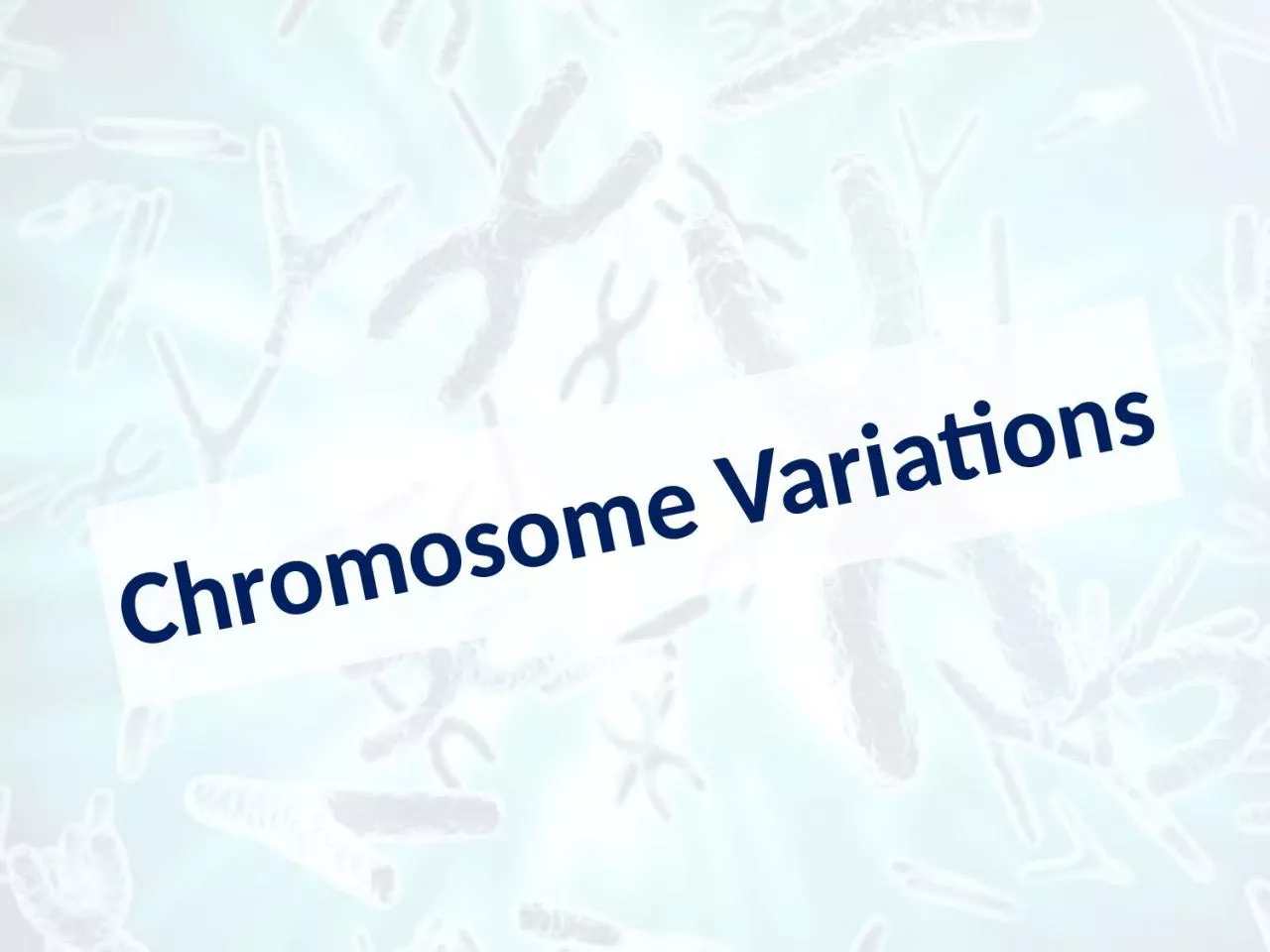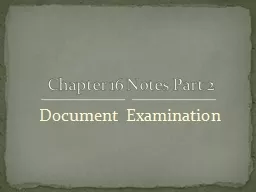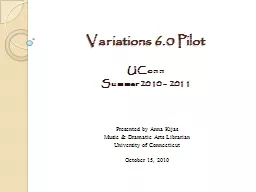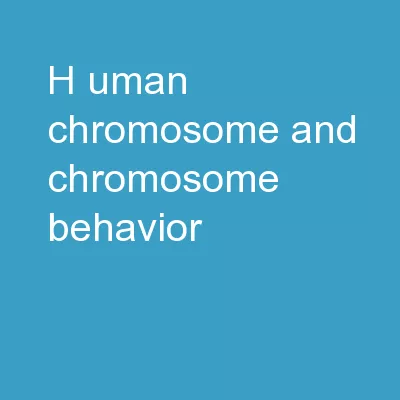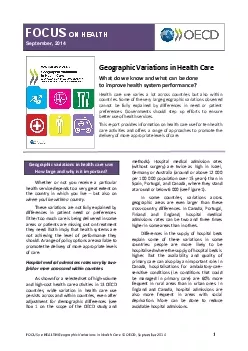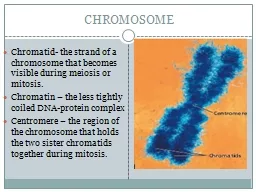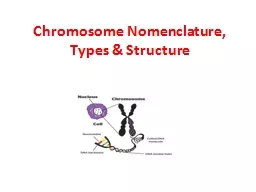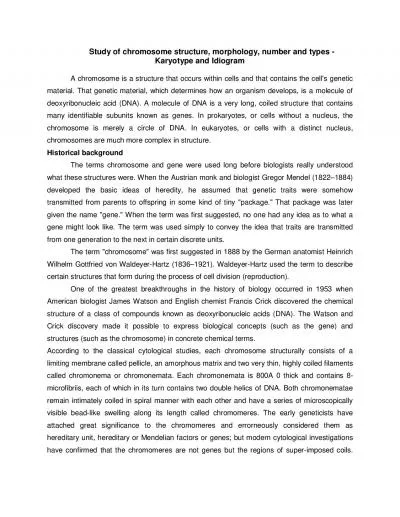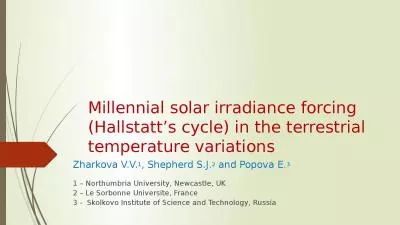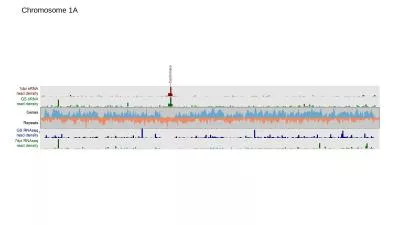PPT-Chromosome Variations Alterations in Chromosome Number
Author : joyce | Published Date : 2024-01-03
Euploid Have the normal chromosome number Polyploid A cell with extra sets of chromosomes Ex triploid 3n Aneuploid Cells missing a single chromosome or having
Presentation Embed Code
Download Presentation
Download Presentation The PPT/PDF document "Chromosome Variations Alterations in Chr..." is the property of its rightful owner. Permission is granted to download and print the materials on this website for personal, non-commercial use only, and to display it on your personal computer provided you do not modify the materials and that you retain all copyright notices contained in the materials. By downloading content from our website, you accept the terms of this agreement.
Chromosome Variations Alterations in Chromosome Number: Transcript
Download Rules Of Document
"Chromosome Variations Alterations in Chromosome Number"The content belongs to its owner. You may download and print it for personal use, without modification, and keep all copyright notices. By downloading, you agree to these terms.
Related Documents

